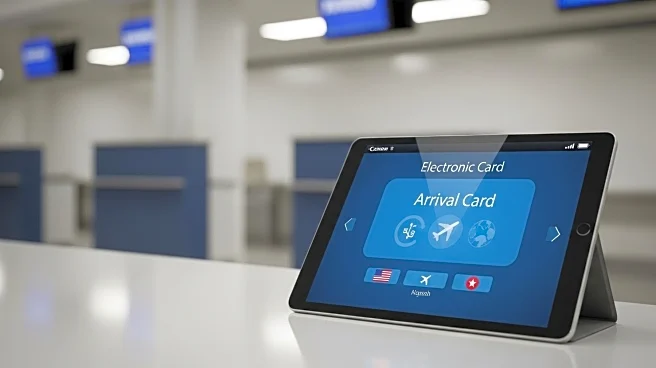What's Happening?
A Chinese state-backed espionage group, Flax Typhoon, has been exploiting ArcGIS software to maintain backdoor access to systems in the U.S., Europe, and Taiwan. According to ReliaQuest, the group used a clever attack chain to turn a feature of ArcGIS into a webshell, allowing them to blend in with normal traffic and evade detection. This method involved compromising a portal administrator account and deploying a malicious extension to create a hidden directory for their operations. The attackers also ensured their presence was included in system backups, turning recovery plans into a liability. This tactic highlights the group's strategy of using an organization's own tools against itself rather than relying on sophisticated malware.
Why It's Important?
The exploitation of ArcGIS software by Flax Typhoon underscores the vulnerabilities inherent in widely used enterprise software. This incident highlights the need for organizations to reassess their security protocols, particularly concerning third-party applications and extensions. The ability of hackers to weaponize trusted software tools poses significant risks to data integrity and security across various sectors, including government and private enterprises. The broader implications include potential disruptions in operations and increased costs associated with cybersecurity measures and incident response.
What's Next?
Organizations using ArcGIS and similar software must prioritize security measures to prevent such exploitation. This includes treating all public-facing tools as high-risk assets and implementing robust monitoring systems to detect unusual activity. The incident may prompt software vendors to revise security guidelines and enhance protective measures. Additionally, cybersecurity teams will need to consider backups as potential vectors for reinfection, necessitating more comprehensive strategies for data recovery and system restoration.
Beyond the Headlines
The attack on ArcGIS reflects a growing trend of cyber espionage where attackers leverage existing software functionalities to gain access. This approach challenges traditional cybersecurity defenses and requires a shift in how organizations perceive and manage software security. The incident also raises ethical questions about the responsibilities of software vendors in safeguarding their products against misuse and the need for international cooperation in addressing state-sponsored cyber threats.













